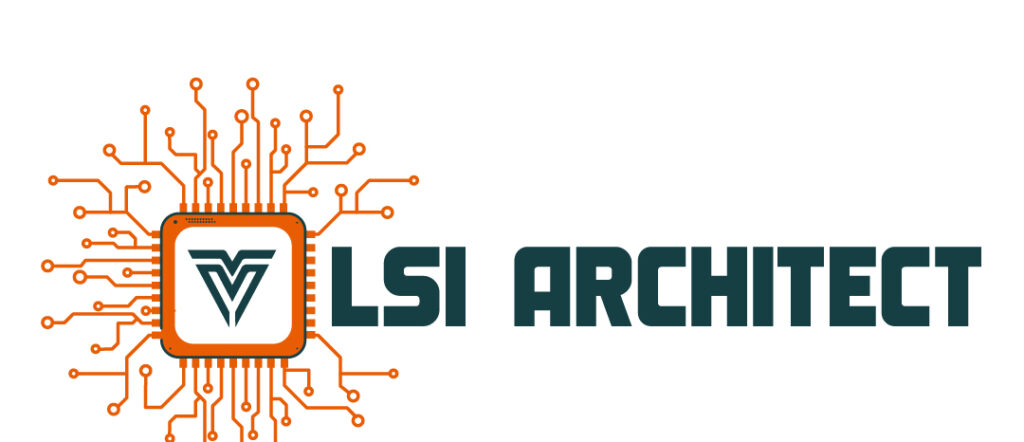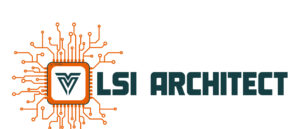Emerging Trends in Analog IC Design for 2025
Analog IC Design Trends for 2025
Analog Integrated Circuit (IC) design is in a transformative phase. To meet the needs of IoT, biomedical, automotive, and high-performance systems, engineers are pushing for ultra-low power, high precision, tighter integration, and AI-driven optimization.
Contents
Integration with AI & Machine Learning
AI/ML is reshaping analog workflows. Designers apply learning-based tools to optimize circuits, predict failures, and improve reliability. Closed-loop systems enable real-time adaptation to process, voltage, and temperature, sustaining target specs in complex environments.
Energy-Efficient Designs
Battery-powered and portable devices demand ultra-low-power analog ICs. Engineers reduce quiescent current and exploit energy harvesting and intelligent power management to extend device lifetime without sacrificing performance.
Miniaturization & High-Density Integration
With smaller form factors, functionality must scale. 3D IC integration and advanced packaging deliver higher density, bandwidth, and isolation—key for wearables, IoT sensors, and compact medical systems.
Analog ICs for 5G and Beyond
5G expansion and early 6G research push high-frequency analog: RF amplifiers, mixers, and front-ends with low latency, high linearity, and efficient power use to sustain multi-Gbps links and beamformed arrays.
Mixed-Signal Design Integration
The analog–digital boundary continues to blur. Seamless mixed-signal integration enables precision data conversion, robust audio chains, and reliable automotive systems—balancing noise, timing, and power at the SoC level.
Advanced Simulation & Verification Tools
Modern flows rely on Cadence Virtuoso, Synopsys Custom Compiler, and Silvaco AMS solutions to accelerate exploration, run realistic corners, and validate sign-off metrics—cutting time-to-market.
Sustainability & Green Design Practices
Sustainability informs materials, manufacturing, and end-of-life. Teams prioritize eco-friendly options, reduce waste, and design for recyclability to lower the environmental footprint of analog products.
Enhanced Security Features
With pervasive connectivity, analog ICs embed secure front ends, tamper-proofing, and side-channel-aware design to protect data across payments, smart homes, and industrial IoT.
FAQs
AI is enabling smarter design workflows by optimizing performance, predicting failures, and making real-time adjustments for enhanced reliability.
Industries like consumer electronics, IoT, and medical devices see significant advantages from ultra-low-power and energy-harvesting analog ICs.
Miniaturization supports the growing demand for compact, high-performance devices like wearables, IoT sensors, and portable medical equipment.
Analog ICs, such as RF amplifiers and mixers, play a critical role in ensuring high-frequency performance for ultra-fast communication systems.
Meta Description:
Discover the top trends in analog IC design for 2025, including AI integration, energy-efficient designs, and sustainability. Stay ahead in the fast-evolving world of analog circuits.
Conclusion
Analog IC design is at the forefront of technological innovation, driving advancements across industries. Trends like AI integration, energy-efficient designs, and sustainability are shaping the future of this field. By staying ahead of these trends, engineers can create groundbreaking solutions that meet the demands of 2025 and beyond.


